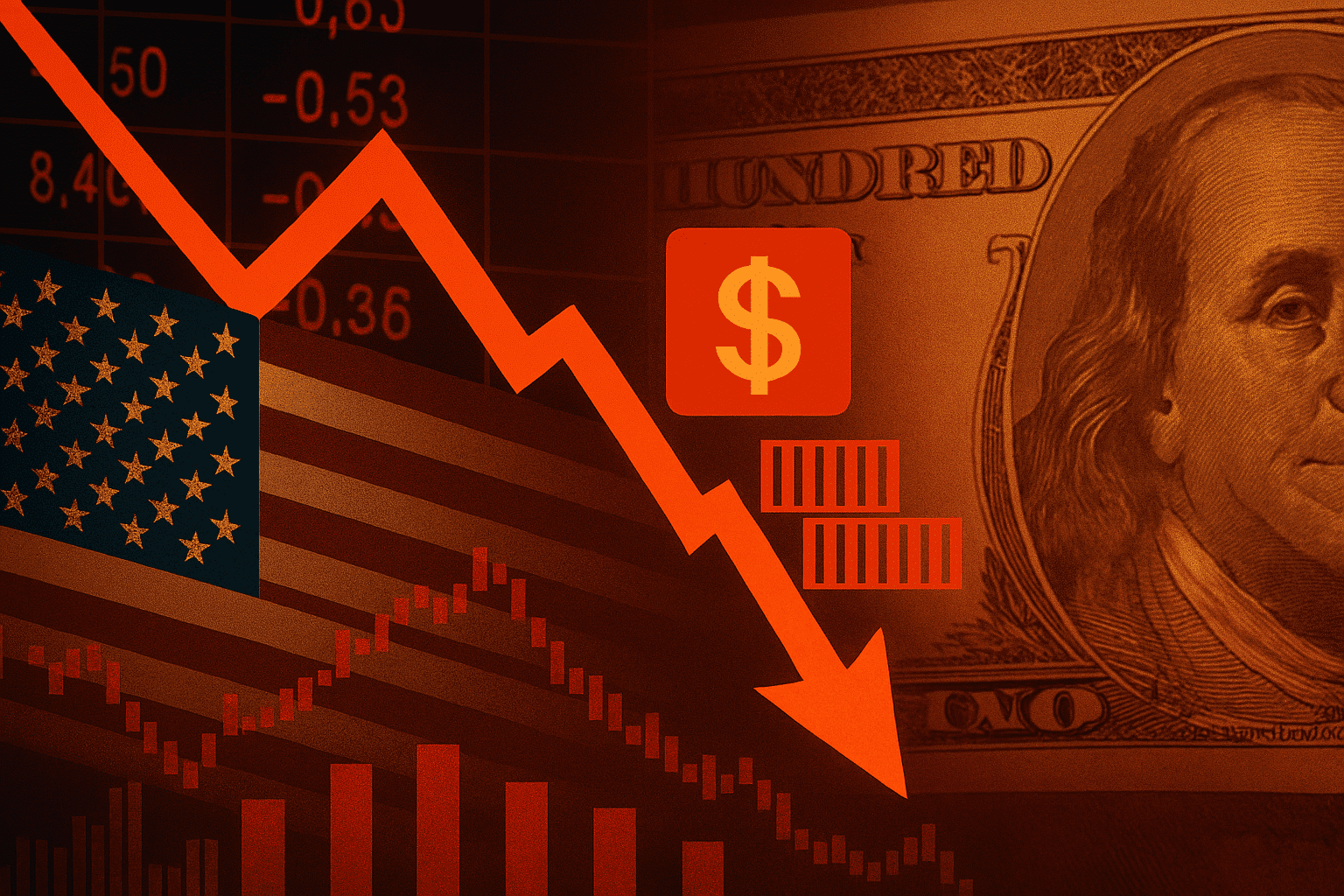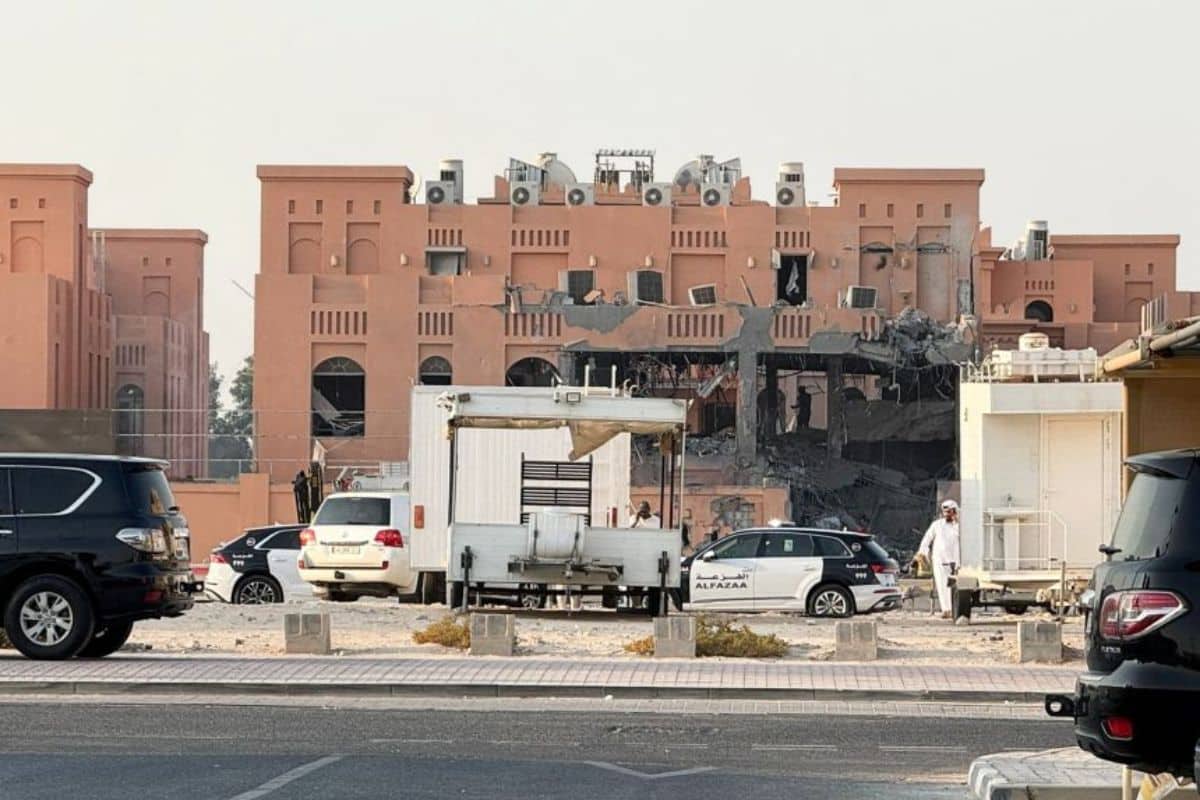Amid the Labour Day holiday weekend, Dow Jones futures, S&P 500 futures, and Nasdaq futures will open Sunday evening.
Late on Friday, a U.S. appeals court declared that the majority of Trump’s tariffs are unlawful. Although the S&P 500 reached new highs during the stock market’s strong rally through Thursday, AI plays caused a decline on Friday.
Concerns about China caused Nvidia’s stock to decline, and on Friday, news that Alibaba (BABA) is creating its own AI chip made matters worse.
Pressure mounted on Friday on AI-related plays, many of which flashed buy signals and dismissed Nvidia’s earnings. Among them were GE Vernova (GEV), Taiwan Semiconductor Manufacturing (TSM), and Advanced Micro Devices (AMD).
China may pose a threat to AI stocks, particularly Nvidia, even though it is nothing like the DeepSeek sell-off in late January.
Alibaba’s stock rose while Nvidia’s stock fell. Alibaba gapped above a buy point to become Friday’s IBD Stock of the Day.
Separately, Tesla (TSLA) broke out to start the week but reversed lower.
Trump’s Tariffs Are Dropped
President Donald Trump’s agenda suffered a significant setback when a federal appeals court declared that the majority of his tariffs were unlawful.
The Supreme Court will probably hear the case in the end. The U.S. government may have to pay back tens of billions of dollars to importers who paid the tariffs, but Trump could likely use other powers to duplicate many of the tariffs that were struck down.
For the second time in a year, Spirit Airlines (FLYY) declared Chapter 11 bankruptcy late Friday. This helped competitors, particularly Frontier Airlines (ULCC).
Dow Jones Futures Today Market Update
While international markets will remain open on Monday, U.S. markets will be closed for the Labour Day holiday.
On Sunday, Dow Jones futures, S&P 500 futures, and Nasdaq 100 futures will all open at 6 p.m. ET. On Monday, futures will also trade.
Keep in mind that overnight trading in Dow futures and other markets does not always correspond to actual trading during the following regular stock market session.
Alibaba AI Chip Boosts Concerns About Nvidia China
Without factoring in any revenue from the H20 AI chip for the Chinese market, Nvidia beat quarterly projections and gave slightly higher guidance.
Although Beijing has encouraged local businesses to use alternative chips, this could be a significant benefit.
The Wall Street Journal revealed on Friday that Alibaba is developing an AI chip to replace Nvidia’s H20. According to reports, DeepSeek, a Chinese AI startup, is training some AI models on Huawei chips.
Even if the geopolitical problems are resolved, that might harm Nvidia’s chances in China. AMD and its own AI chip made in China may also be impacted by that. Nvidia and AMD chips are produced by Taiwan Semiconductor.
Amid worries about its AI prospects, Marvell Technology (MRVL) fell 18.6% on Friday after earnings.
AMD’s stock dropped by almost 3% and Nvidia’s by 3.4% on Friday, both of which were heading back toward the 10-week line.
The stock of Taiwan Semi fell 3.1%, below its 50-day high. With earnings due on September 4, Broadcom (AVGO) saw a 3.65% decline but a slight weekly increase.
Following flashing buy signals, stocks of air conditioners like Comfort Systems (FIX) and AI-related energy plays like GE Vernova declined on Friday.
Oracle (ORCL), which is turning into a play in AI infrastructure, fell far below its 50-day line.
Alibaba’s stock, on the other hand, jumped 12.9% on Friday to 135, breaking through a deep base entry of 127.93.
No DeepSeek Redux Right Now
A lot of AI stocks went down on Friday, but it’s not like the DeepSeek sell-off that started in late January and went along with the larger Trump tariff sell-off. To be fair, it took a little while for the market to get the news about DeepSeek’s fears.
But there is one important difference. There were worries after the January DeepSeek sell-off that long-term global AI spending might need to be much lower than expected.
If the news about Alibaba is true, it seems to be more about Nvidia AI chip sales to China.
At this point, What Should I do?
The major indexes are at all-time highs, despite Friday’s disappointing losses. While many AI plays just gave up weekly gains, Nvidia is maintaining key support.
It’s possible that investors had to cancel some recent purchases.
Think about your level of exposure to the larger AI industry. Keep your watchlists current and run your screens. Prepare your exit plans as well.
The stocks of GE Vernova and Nvidia are listed on the IBD Leaderboard. The stock of Nvidia is listed on the IBD 50.
To stay up to date with the direction of the market and the top stocks and industries, daily.
Source : Investor’s Business Daily
You might also like – AI-Driven Growth: Alibaba Cloud Unit Boosts Shares by 10%








